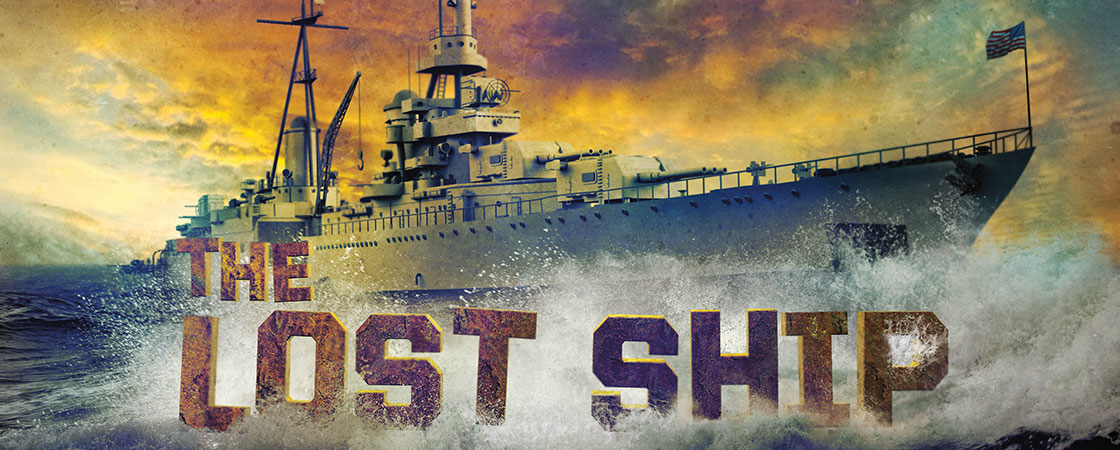In July 29, 1945, the USS Indianapolis churned through the warm waters of the South Pacific Ocean. Hundreds of miles from land and wrapped in the darkness of night, the ship was a mere whisper of a shadow on an endless sea.
The night was blistering hot, and some crewmen had brought their bedding above deck to sleep under the stars. In spite of the heat, the mood was hopeful. After nearly six years of bloodshed, World War II seemed to be coming to an end. Already Adolf Hitler was dead, and the war in Europe had ended with Germany’s defeat. It seemed only a matter of time before the war with Japan ended too and everyone could go home.
But the Indianapolis would never go home.
On July 29, 1945, the USS Indianapolis made its way through the warm waters of the South Pacific Ocean. Hundreds of miles from land and wrapped in darkness, the ship was a mere whisper of a shadow on an endless sea.
The night was very hot. Some of the crewmen had brought their bedding above deck to sleep outside. In spite of the heat, the mood was hopeful. After nearly six years of bloodshed, World War II seemed to be ending. Already, Adolf Hitler was dead, and the war in Europe had ended with Germany’s defeat. It was only a matter of time before the war with Japan ended too and everyone could go home.
But the Indianapolis would never go home.

